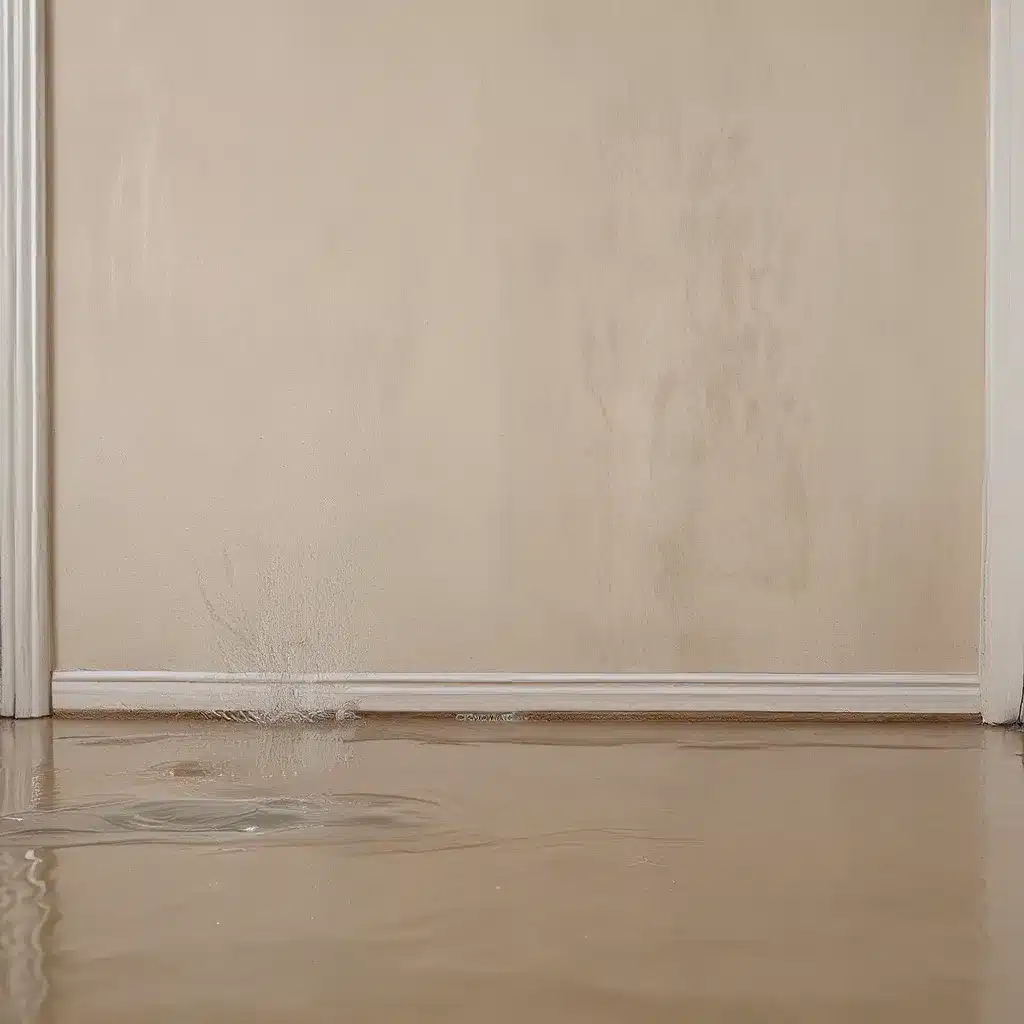
As a roofing contractor, I know all too well the havoc that water damage can wreak on a property. It’s a frustrating and costly problem that can ruin interiors, spur the growth of mold, and damage electrical equipment. Even worse, it can result in construction delays as affected areas dry out and damaged materials are discarded and replaced. All of this can take a huge bite out of a contractor’s bottom line, even if insurance is in place.
But here’s the good news: most water losses are preventable. By focusing on quality planning and testing throughout the construction process, we can dramatically reduce the risk of water damage claims. And the latest statistics suggest that this is more important than ever.
According to recent data from the American Geophysical Union, global water demand has more than doubled since 1960. That’s a staggering increase, driven by growing populations, industrialization, and the ever-thirsty agricultural sector. Meanwhile, the World Resources Institute reports that 25 countries – housing one-quarter of the global population – face extremely high water stress each year, regularly using up almost their entire available water supply.
This water scarcity is a recipe for disaster, especially when you factor in the effects of climate change. The WRI’s research shows that by 2050, an additional 1 billion people are expected to live with extremely high water stress, even if we limit global temperature rise to a relatively optimistic 1.3°C to 2.4°C. Yikes.
So, what does all this mean for construction professionals like me? Well, it’s a clear sign that we need to get serious about water damage prevention. Failing to do so could result in GDP losses of 7-12% in India, China, and Central Asia, and up to 6% in much of Africa by 2050, according to the Global Commission on Adaptation. That’s a huge hit to the bottom line.
But the good news is that solving global water challenges is actually cheaper than you might think – costing the world about 1% of GDP or 29 cents per person per day from 2015 to 2030, according to the WRI. The missing ingredient? Political will and financial backing to make these cost-effective solutions a reality.
As a roofing contractor, I believe we have a crucial role to play in this. By implementing best practices for water damage prevention on our construction sites, we can not only protect our own projects but also contribute to a more water-secure future for all.
So, where do we start? Well, the Munich Re Group has some fantastic insights. They emphasize that prevention should be considered at all phases of construction, from the design stage to the final project closeout.
Preventing Water Damage in the Design Phase
First and foremost, the design team should engineer out potential sources of water damage. This might include incorporating design elements that allow for proper drainage, selecting water-resistant materials, and ensuring that the building’s structure is fully enclosed before installing any finishes.
It’s also crucial to conduct a comprehensive risk assessment that considers external water sources, construction defects, and the inter-relationship of specified materials and building systems. A peer review of all construction drawings before the project starts can help identify and address any potential weak spots.
Preventing Water Damage During Construction
Once the construction process is underway, there are a few key steps we can take to minimize the risk of water damage. Scheduling the installation and testing of piping systems as early as possible can help catch any issues before too much other work has been completed.
Using a water leak detection unit is another highly effective strategy. These units monitor the water usage in a building and automatically shut off the supply if they detect an abnormal spike – potentially saving thousands in damage.
Regular water tightness testing of the roof and other building envelope components is also essential, as is hydrostatic testing of fire protection systems to ensure they are functioning properly.
Preventing Water Damage in the Project Closeout Phase
As the project nears completion, it’s important to maintain a dedicated check-list team to address any remaining water-related issues. This includes securing building openings, ensuring proper site drainage, and resolving any problems with the water delivery or drainage systems.
The team should also be empowered to respond quickly to any warranty issues that arise, resolving them within 48 hours to prevent further damage.
The Key? Attention to Detail and a Proactive Approach
At the end of the day, preventing water damage on a construction site really comes down to attention to detail and a proactive approach. By incorporating these best practices into every stage of the project, we can dramatically reduce the risk of costly water damage claims and protect our bottom lines.
And let’s not forget the big-picture benefits, too. By doing our part to prevent water stress from turning into full-blown crisis, we can contribute to a more sustainable future for our communities and the planet as a whole. It’s a win-win for everyone involved.
So, the next time you’re planning a roofing project, be sure to keep these water damage prevention strategies top of mind. Your business – and the world – will thank you for it.
And of course, if you ever need a trusted partner for your roofing and water damage repair needs, be sure to check out the services offered by Southern Roofing Co. We’re always here to help.